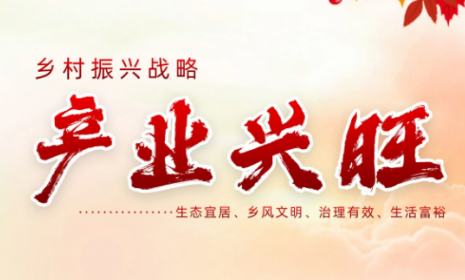2025年7月30日,据欧盟食品安全局(EFSA)消息,应欧盟委员会要求,欧盟动物饲料添加剂和产品(FEEDAP)研究小组就薰衣草酊剂(a tincture derived from the flowers of Lavandula angustifolia Mill.)作为所有动物饲料添加剂的安全性和有效性发表科学意见。
经过评估,专家小组认为该酊剂在建议的使用条件下对目标物种、消费者和环境是安全的。由于薰衣草花具有调味特性,其在饲料中的功能与在食品中的功能基本相同,因此认为没有必要进一步证明其功效。部分原文报道如下:
Following a request from the European Commission, EFSA was asked to deliver a scientific opinion on the safety and efficacy of a tincture from the flowers of Lavandula angustifolia Mill. (lavender tincture) when used as a sensory additive in feed and in water for drinking for all animal species. The product is a ■■■■■ solution, with a dry matter content of approximately 1.66%. Lavender tincture contains on average 0.213% (w/w) total polyphenols (of which 0.0259% are flavonoids). Methyleugenol (0.0008%) was detected in the additive. The EFSA Panel on Additives and Products or Substances used in Animal Feed (FEEDAP) concluded that the use of lavender tincture is very unlikely to induce adverse effects in long-living and reproductive animals and is of no safety concern for species for fattening at the following concentrations in complete feed: 60 mg/kg for chickens for fattening, 89 mg/kg for laying hens, 81 mg/kg for turkeys for fattening, 129 mg/kg for pigs for fattening, 108 mg/kg for piglets, 157 mg/kg for sows, 269 mg/kg for veal calves, 237 mg/kg for cattle for fattening, sheep/goats and horses, 154 mg/kg for dairy cows, 95 mg/kg for rabbits, 270 mg/kg for salmonids, 284 mg/kg for dogs, 237 mg/kg for cats and 500 mg/kg for ornamental fish. These conclusions were extrapolated to other physiologically related species. For any other species, the additive is very unlikely to induce adverse effects at 60 mg/kg complete feed. No safety concern would arise for the consumer and the environment from the use of the additive in animal feed. Regarding user safety, the additive under assessment should be considered as irritant to skin and eyes, and as a dermal and respiratory sensitiser. When handling the additive, exposure of unprotected users to methyleugenol may occur. Therefore, to reduce the risk, the exposure of the users should be minimised. Since the flowers of L. angustifolia are recognised to flavour food and its function in feed would be essentially the same as that in food, no further demonstration of efficacy was necessary.













